Close
Sabouraud Dextrose Agar + Chloramphenicol + Gentamicin 500 grams/bottle
SKU
CDL/2059
Brand
CONDALAB
Pre-order (Deliver in 8 to 12 weeks)
Sabouraud Dextrose Agar with Chloramphenicol and Gentamicin is a selective medium that can be used for the cultivation of yeast, molds and aciduric microorganisms. It is used for cultivating pathogenic fungi, particularly those associated with skin infections (dermatophytes).
Fungal infections have become increasingly more common, especially in the setting of immunocompromised patient. It is imperative first that the etiologic agent be grown and isolated on culture; only after that can the organism be identified and the most proper treatment be ensured.
Sabouraud dextrose agar (Cat. 1024), the original formulation or the Emmons modification, without any antibiotic has historically been used as the standard medium for the primary isolation of fungus and is still widely used. This medium is a modification enriched with gentamicin and chloramphenicol which supports the growth of a wide range of fungi and, due to its antibiotic content, inhibits the great majority of bacterial contaminants.
Dextrose is the fermentable carbohydrate providing carbon and energy. Peptone mixture provides nitrogen, vitamins, minerals and amino acids essential for growth. Bacteriological agar is the solidifying agent. The high dextrose concentration and acidic pH make this medium selective for fungi.
Chloramphenicol is an antibiotic which aids in isolating pathogenic fungi from heavily contaminated material, as it inhibits most contaminating bacteria. It is a recommended antibiotic for use with media due to its heat stability and wide bacterial spectrum. Gentamicin is an aminoglycoside antibiotic, used to treat many types of bacterial infections by inhibiting its growth.
Sabouraud Dextrose Agar with Chloramphenicol and Gentamicin is a selective medium that can be used for the cultivation of yeast, molds and aciduric microorganisms. It is used for cultivating pathogenic fungi, particularly those associated with skin infections (dermatophytes).
Fungal infections have become increasingly more common, especially in the setting of immunocompromised patient. It is imperative first that the etiologic agent be grown and isolated on culture; only after that can the organism be identified and the most proper treatment be ensured.
Sabouraud dextrose agar (Cat. 1024), the original formulation or the Emmons modification, without any antibiotic has historically been used as the standard medium for the primary isolation of fungus and is still widely used. This medium is a modification enriched with gentamicin and chloramphenicol which supports the growth of a wide range of fungi and, due to its antibiotic content, inhibits the great majority of bacterial contaminants.
Dextrose is the fermentable carbohydrate providing carbon and energy. Peptone mixture provides nitrogen, vitamins, minerals and amino acids essential for growth. Bacteriological agar is the solidifying agent. The high dextrose concentration and acidic pH make this medium selective for fungi.
Chloramphenicol is an antibiotic which aids in isolating pathogenic fungi from heavily contaminated material, as it inhibits most contaminating bacteria. It is a recommended antibiotic for use with media due to its heat stability and wide bacterial spectrum. Gentamicin is an aminoglycoside antibiotic, used to treat many types of bacterial infections by inhibiting its growth.
| Brand | CONDALAB |
|---|
Write Your Own Review

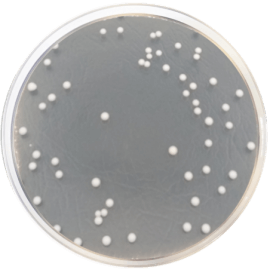

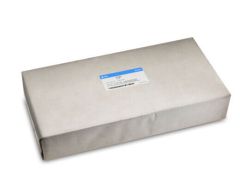
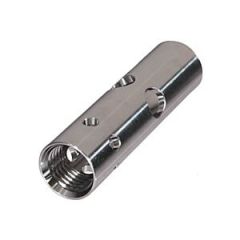
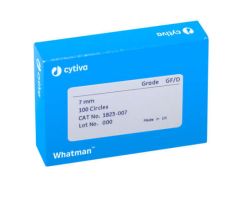
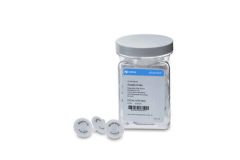
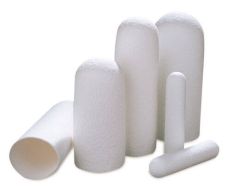

Validate your login